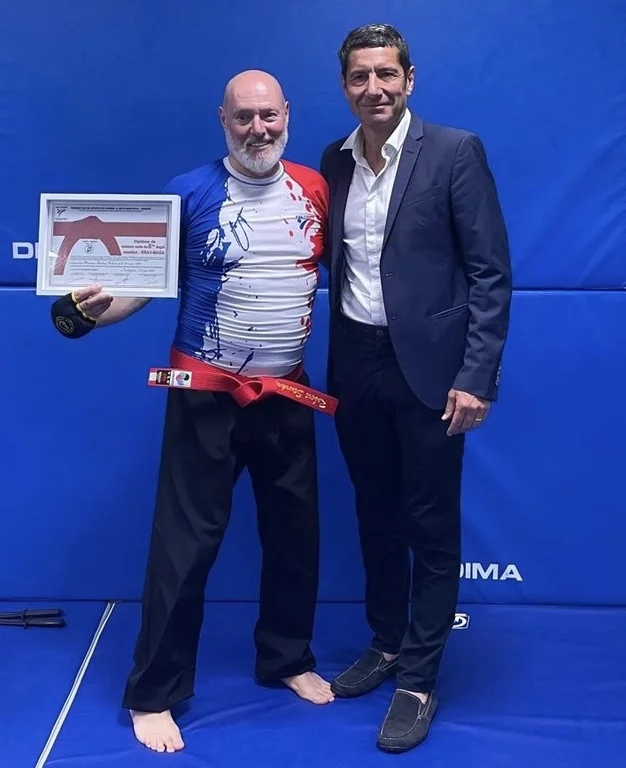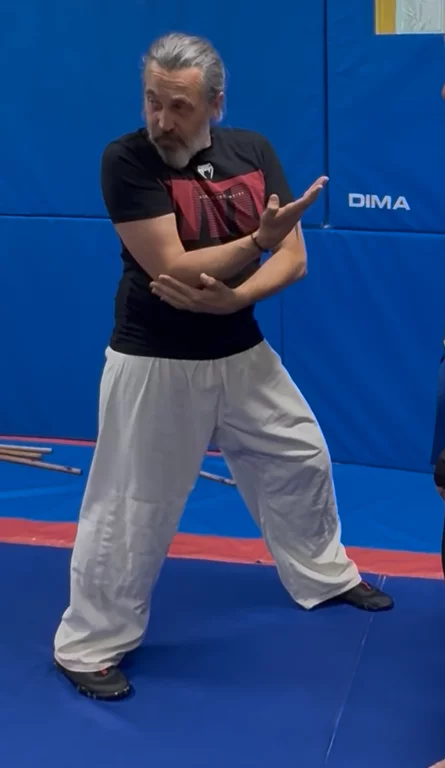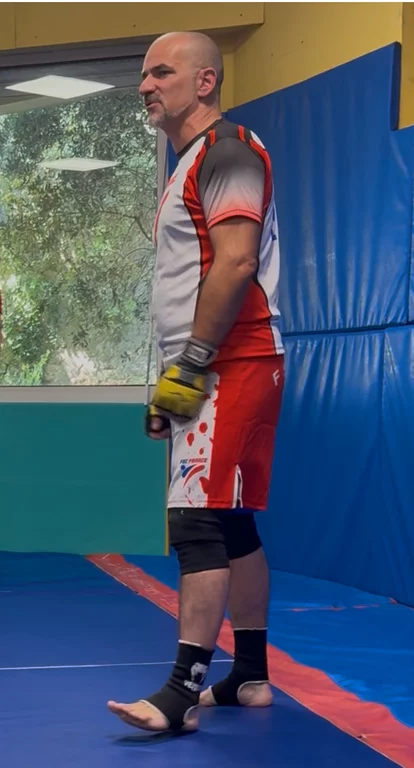DATES

7. June 2025, Cannes, France
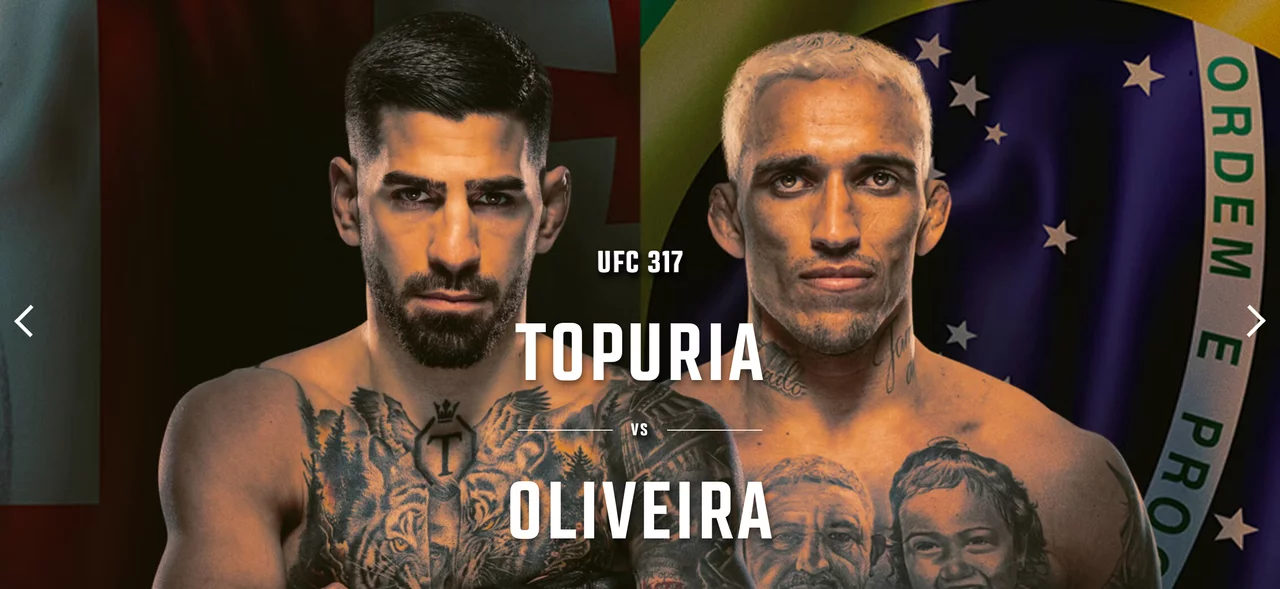
29. June, Las Vegas, USA
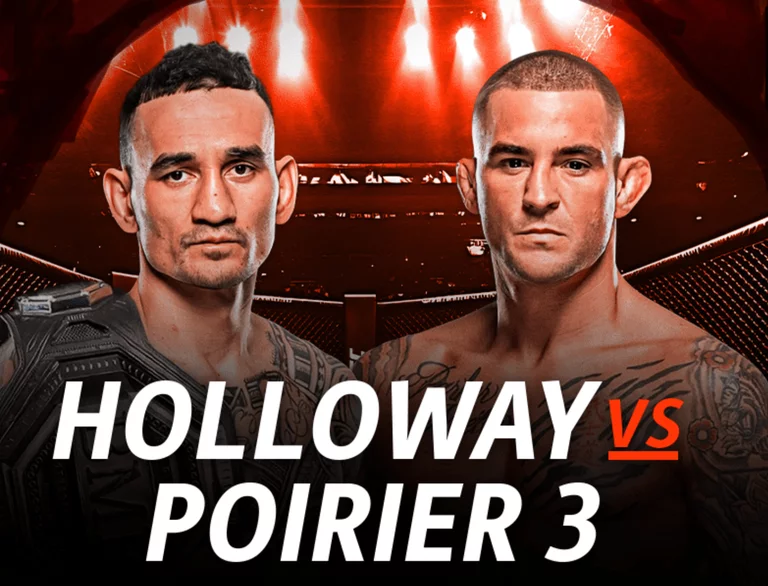
20. July, New Orleans, USA
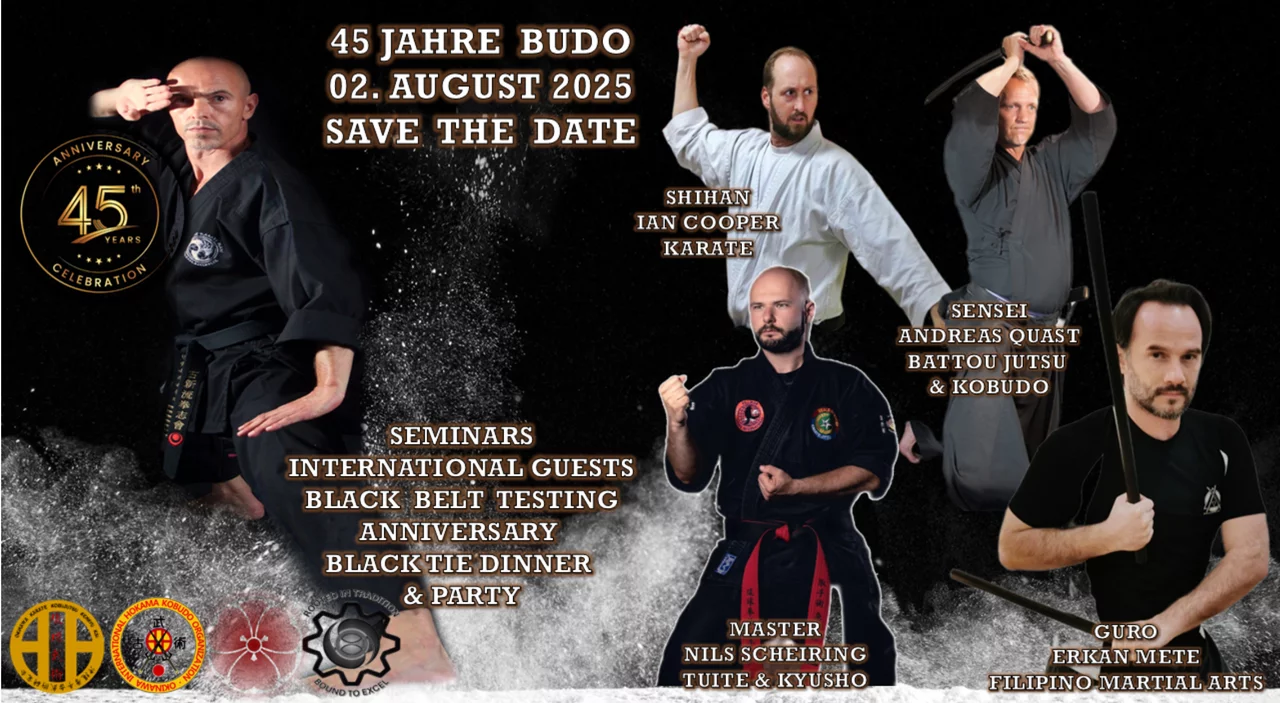
03. August, Immenstadt, Germany
NEWS
Regular news about top performances in the fields of martial arts, close combat and combat sports
DATES
07. JUNE - Cannes, France
29. JUNE - Las Vegas, USA
20. JULY - New Orleans, USA
02. AUGUST - Immenstadt, GERMANY
IN THE SPOTLIGHT SOON
KARATE WITH
ANDREE KIELHOLTZ
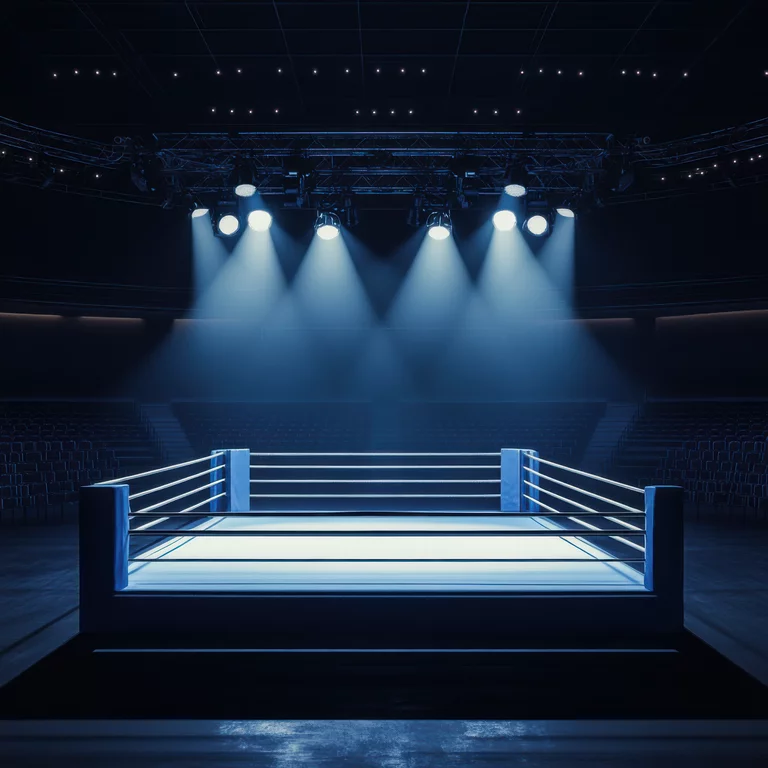
Shihan Andree Kielholtz, 8th DAN Kyoshi Goju Ryu Karate / Ryukyu Kobudo
„Never say never.“
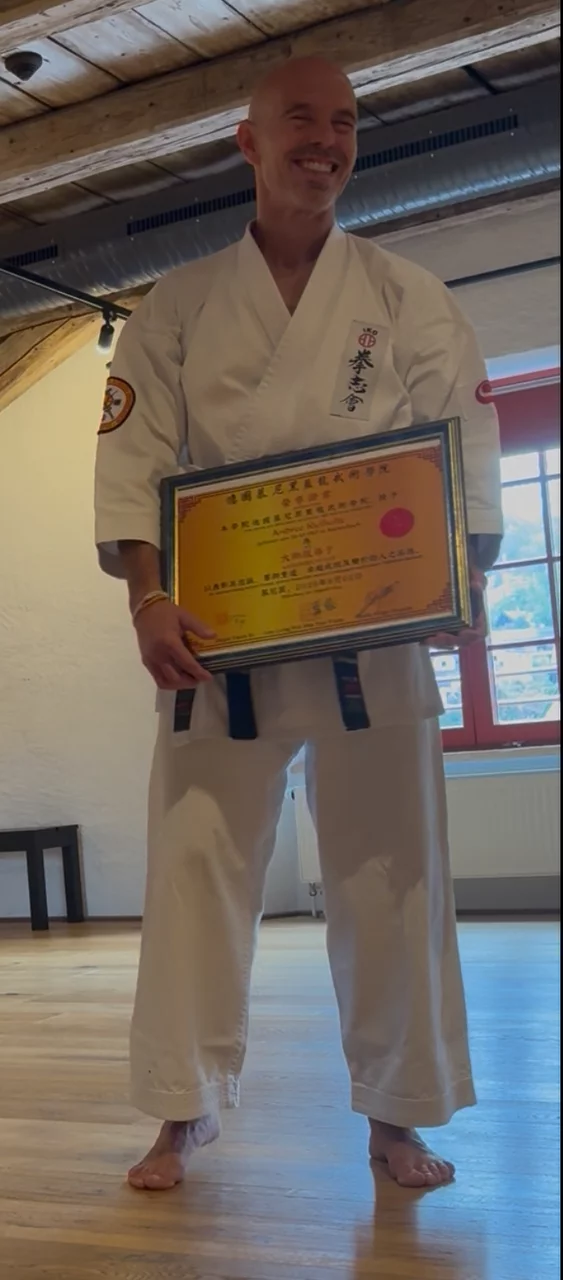
What is Krav Maga?
Krav Maga is a modern, reality-based self‑defense system developed in Israel, rooted in practical, no-nonsense techniques for street survival and close‑quarters combat . Created by Imrich “Imi” Lichtenfeld, a Hungarian-born martial artist who refined his skills in boxing, wrestling and jiu-jitsu, Krav Maga emphasizes simultaneous defense and counter‑attack, targeting vulnerable parts like eyes, throat and groin with relentless aggression.
Origins & Founder:
Imi Lichtenfeld
- Imrich “Imi” Lichtenfeld (1910–1998) was born in Budapest and raised in Bratislava. A multi-sport champion in boxing, wrestling and gymnastics, he also trained in jiu-jitsu under his father, a police self‑defense instructor.
- In the mid-1930s, Imi led Jewish youth in defending their community from fascist attacks—this catalyzed his development of Krav Maga as a practical self-defense method.
- After fleeing Europe in 1940 and arriving in Palestine, he became chief instructor for physical fitness and Krav Maga with the IDF from 1948 to 1964, refining it for military and civilian use.
What makes Krav Maga unique?
- Reality‑based simplicity: Krav Maga emphasizes instinctive, no‑fluff techniques drawn from boxing, wrestling, judo, aikido, and karate—prioritizing fast, survival‑driven responses over form.
- Simultaneous defense & counter‑attack: Using the Hebrew concept retzef (“continuous motion”), practitioners deflect and strike in one fluid action, minimizing reaction time.
- Weapon‑ready adaptability: From disarming knives and guns to using everyday items as improvised weapons, Krav Maga trains with both armed and unarmed threats, for all ranges.
- Stress inoculation: Training under high-pressure drills—low light, surprise attacks, exhaustion—builds mental resilience and real-world readiness under duress.
- Continuously evolving system: Rooted in military origins, yet kept up-to-date by real-world feedback, Krav Maga remains a dynamic, ever-adaptive defensive art.
Why train Krav Maga?
- Real‑World Focus: Techniques are designed for instinctive responses, with “simultaneous defense and attack” to neutralize threats instantly .
- Weapon & Unarmed Combatives: Includes defenses against all types of attack—gun, knife, stick—or transitions to empty-hand fighting .
- Accessible for All: Developed to be learned quickly and used by anyone—men, women, all ages and fitness levels, with no need for gymnastic ability.
- Endorsed by Elite Forces: Adopted by the IDF, police units, SWAT teams, Air Marshals, and civilian agencies worldwide.
Robert Sturkop, 8th DAN Kraw Maga
„It is an honour for me to be awarded the 8th DAN in Kraw Maga by the FÉDÉRATION DE SPORTS DE COMBAT ET ARTS MARTIAUX - FRANCE (www.fscfrance.fr) for my life's work and to receive this recognition from the Mayor of Cannes, David Lisnard.“
What is Kali / Escrima / Arnis?
Kali, Escrima, and Arnis are interchangeable names for the traditional Filipino Martial Arts (FMA) - a practical, weapons-based combat system from the Philippines.
Its core focus includes sticks, knives, daggers, and unarmed techniques, all designed for real-world self-defense and fluid adaptability.
Origins & name meanings:
- Arnis originates from the Spanish arnés (“armour”), tied to traditional stage-play weaponry.
- Escrima/Eskrima derives from Spanish esgrima (“fencing”), reflecting stick-fencing heritage.
- Kali likely comes from pre‑colonial Filipino kalis (“blade”), attested in old dictionaries.
Regional preferences vary—Arnis in Luzon, Escrima in Visayas, Kali in Mindanao—but these are not different arts, simply regional terms for the same system.
What makes FMA unique?
- Weapon-first training: Students begin with sticks, then smoothly transition skills to knives or empty hands.
- Geometry & dual-wielding: Emphasis on angles, footwork, and independent control of both hands.
- Versatile and practical: Effective across close, mid, and long ranges—anti-stick, anti-knife, and hand-to-hand ().
- Cultural fusion: Rooted in tribal blade arts, enriched by Spanish fencing, and influenced by neighboring martial traditions like Silat.
Why train Kali/Escrima/Arnis?
- Real-life defense skills: Drills reproduce real threats from sticks, knives and empty hands.
- Fast, instinctive learning: Pattern-based drills (e.g., sinawali) train reflexes and rhythm.
- Cultural sport & heritage: Arnis is the national sport of the Philippines, featured at SEA Games and schools.
- Global reach: From grassroots Filipino communities to international training camps, its popularity spans worldwide.
Stéphane Demri, 8 degree, Kali
“I am deeply honored to have been awarded the 8th DAN in Kali by the Fédération de Sports de Combat et Arts Martiaux – France (www.fscfrance.fr) on June 7, 2025, in recognition of my life’s work, and to have received this distinction in Cannes.”
What is MMA-Shooto?
Mixed Martial Arts (MMA) is a full-contact combat sport that blends techniques from various martial arts and combat sports into a unified system. Designed for both sport and real-world application, MMA emphasizes adaptability, efficiency, and complete combat readiness—striking, grappling, and ground control.
Rooted in traditions like wrestling, Muay Thai, judo, and Brazilian jiu-jitsu, MMA evolved from no-rules fighting challenges into a refined, competitive discipline governed by modern rulesets and athletic standards.
Origins & evolution: From Shooto to Global Sport
- One of MMA’s key early influences was Shooto, a Japanese combat sport created in 1985 by Satoru Sayama (the original “Tiger Mask”). Shooto combined catch wrestling, judo, boxing, and kickboxing—pushing the idea of total fighting long before MMA became mainstream.
- Shooto was more than a rule set—it introduced the concept of shoot fighting, where real combat skills replaced showmanship. It emphasized full-contact, reality-based training for striking and submission fighting alike.
- In the 1990s, Brazilian Vale Tudo and the UFC’s early tournaments brought no-holds-barred fighting to international attention. Over time, regulations were introduced for athlete safety, and MMA matured into a globally respected sport with promotions like UFC, ONE Championship, Bellator, and RIZIN.
What makes MMA unique?
- Cross-Disciplinary Combat: MMA integrates techniques from multiple arts—boxing, kickboxing, wrestling, jiu-jitsu, Sambo, and more—creating the most versatile combat system in existence.
- Striking, Clinch & Ground Game: Fighters train in all three ranges, combining punches, elbows, takedowns, submissions, and positional control.
- Adaptive Strategy: Unlike traditional martial arts, MMA demands constant tactical adaptation—each opponent brings a unique blend of styles.
- Sport & Realism: While governed by unified rules, MMA retains high levels of realism—fighters must defend, attack, and control dynamically in real time.
- Constantly Evolving: With global talent and diverse styles, MMA is an ever-progressing sport where innovation, athleticism, and technique redefine the game each year.
Why train MMA?
- Complete Fighting System: From striking to submissions, MMA offers a well-rounded approach for both competition and practical self-defense.
- Athletic Development: MMA builds explosive power, endurance, agility, and mental toughness—training is functional, full-body, and intense.
- Tactical Intelligence: Learning MMA develops fight IQ—reading opponents, managing distance, timing attacks, and maintaining composure under pressure.
- Universal Accessibility: Whether for fitness, self-defense, or competition, MMA can be adapted to all ages, genders, and skill levels.
- Respected Worldwide: Practiced by elite athletes, military units, and hobbyists alike, MMA represents the pinnacle of modern combat sports.
Djillali Daut, 7 degree, MMA - Shooto
„Dont be afraid of failure. Failure is not a defeat. Failure is a teacher.“
